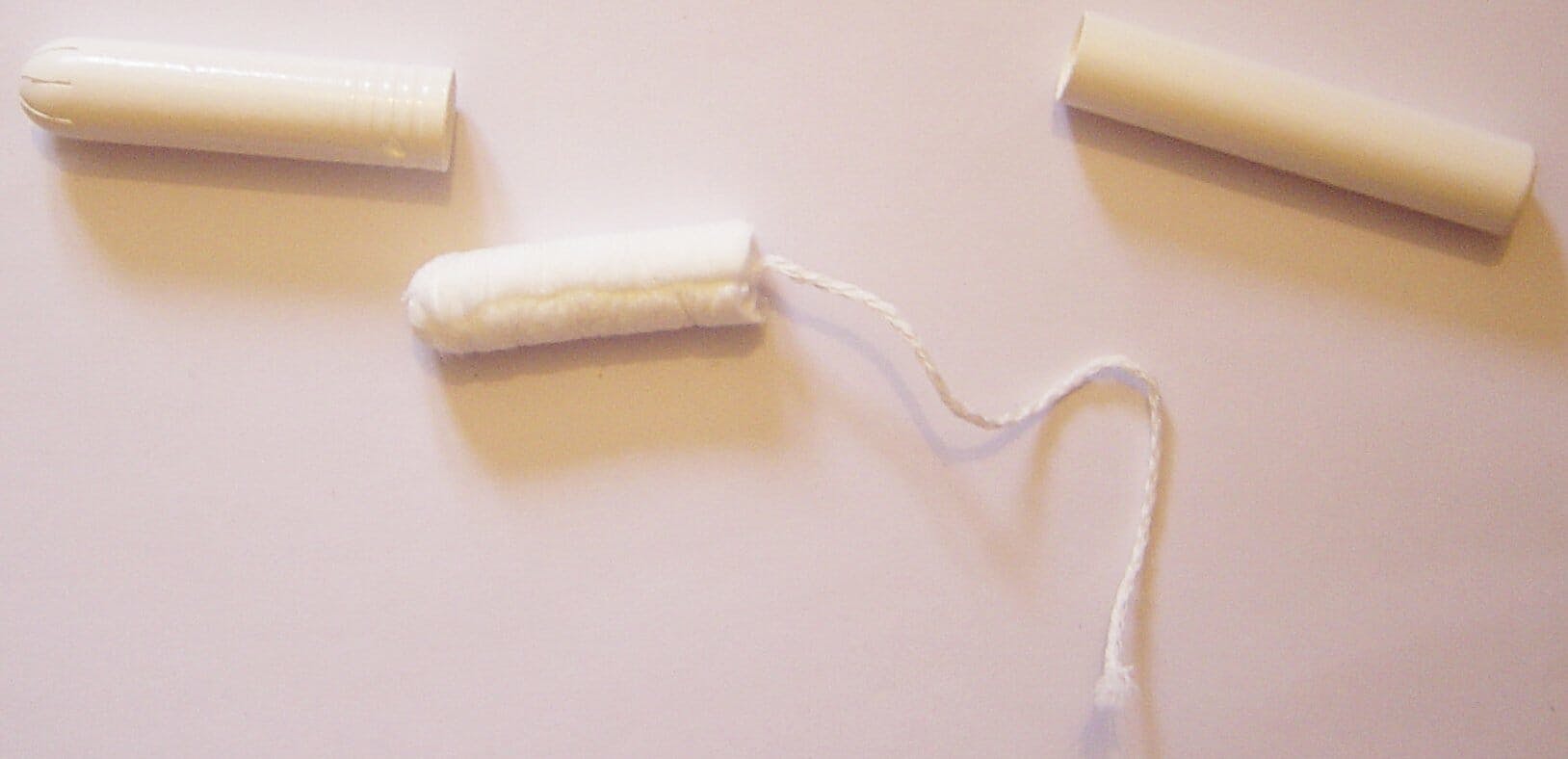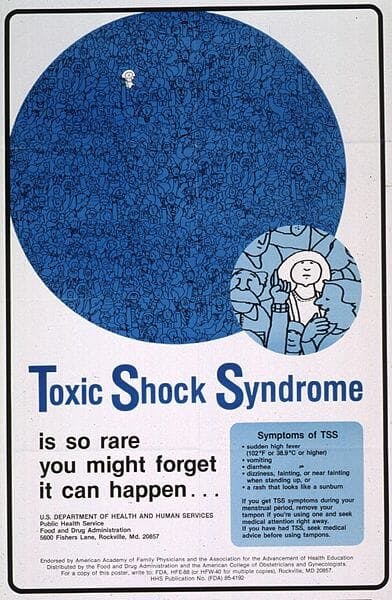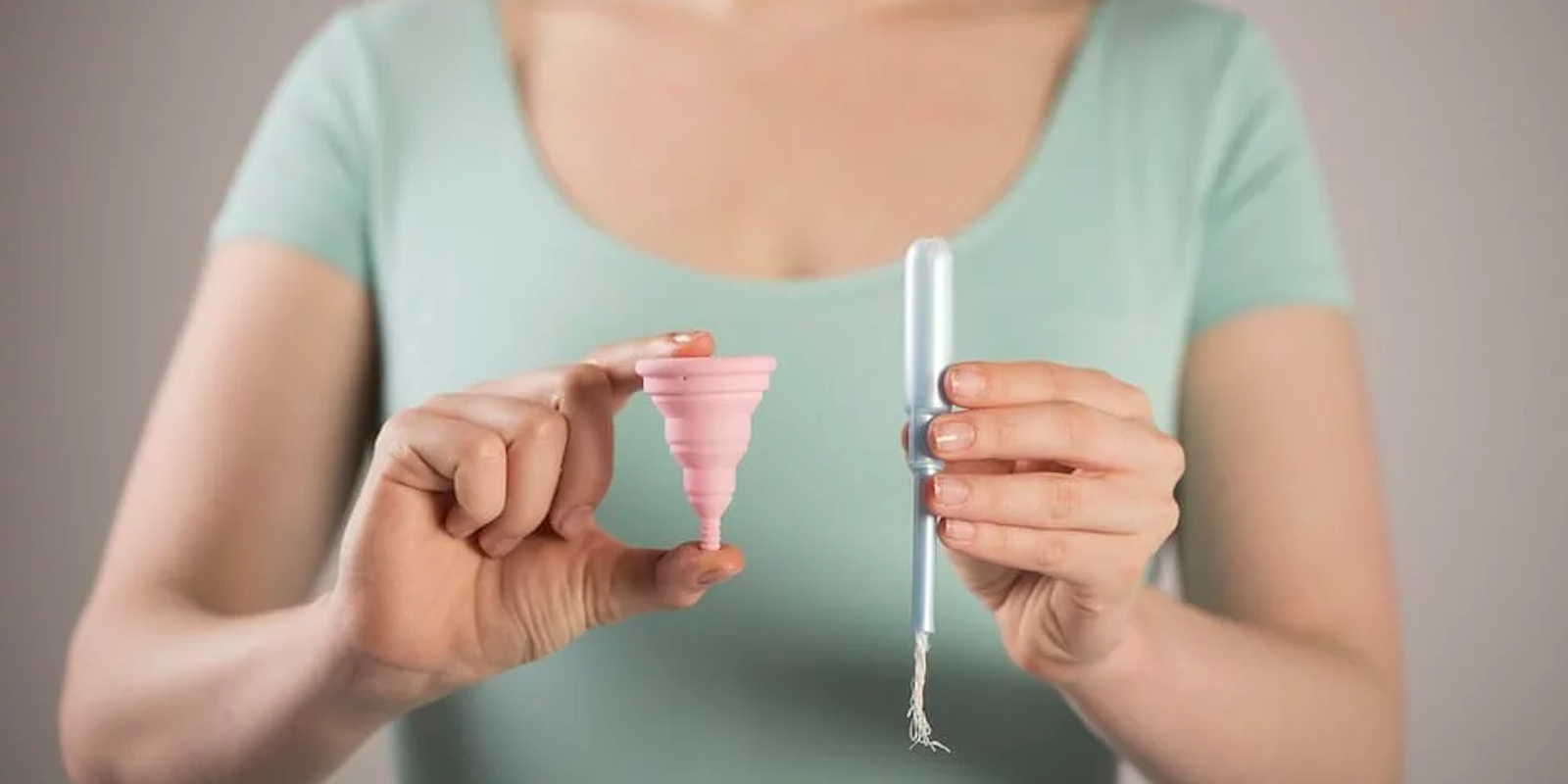For most people, the first thing that leaps to mind when they hear the words “toxic shock syndrome” is a tampon. Anyone who grew up having to shove a tube of cotton into their body to stem the monthly tide will be familiar with the prickle of anxiety that comes when you realize your tampon has been in for two hours too long, and oh god, are you going to get TSS and die?
Or maybe that’s just me.
In any case, toxic shock syndrome sustains a high-profile association with tampon use. However, that’s not the only way you can get it. Beyond leaving your tampon in for longer than the eight-hour limit laid out on the box (which, let’s be honest, many of us will do when we’re getting a good night’s sleep), TSS is typically caused by the same bacteria that causes staph infections. And although it’s a rare complication, it’s also very serious. Let’s dive in.
What is toxic shock syndrome?
According to the Mayo Clinic, TSS is the product of Staphylococcus aureus bacteria, aka staph bacteria, and sometimes a Streptococcus bacteria (strep). Both bacteria create toxins that the body can’t always fight off.
Dr. Paul Sax, medical director of the division of infectious disease at Brigham and Women’s Hospital in Boston, told Time that those toxins can send the body into shock: Blood pressure drops, and often, people with TSS will develop a sudden, high fever. Along with that comes a distinctive rash on the palms and soles of the feet, achy muscles, vomiting and/or diarrhea, headaches, disorientation, possible seizures, and inflammation of mucous membranes.
If people with TSS don’t quickly seek medical attention, their kidneys and vital organs can fail—and death is eminently possible. But dealt with promptly, TSS can probably be treated with antibiotics to combat the infection, fluids to rehydrate and flush out toxins, plus whatever other maneuvers are necessary to reverse the damage TSS has done.

How do you get toxic shock syndrome?
You can get TSS from leaving a tampon in too long. This is because all of that blood can provide a fertile breeding ground for bacteria. But it’s not just tampons. Menstrual cups, menstrual sponges, spermicidal sponges, diaphragms—all these objects we wedge in our vaginas can create the same outcome. As Popular Science reports, though, an estimated one-third of TSS cases occur in men, and while we might be able to chalk some of this up to tampon use, it’s also an important reminder that tampons are not the sole culprit here.
According to CNN, roughly half of all TSS cases result from surgery, open wounds, childbirth, and even breastfeeding—or any activity that can introduce the specific staph strain into the body.
READ MORE:
- How does federal funding for Planned Parenthood actually work?
- When was birth control invented? A brief history of the pill
- Everything you need to know about Plan B
- The reason why IUDs are so popular right now
How common is toxic shock syndrome?
You might remember American model Lauren Wasser, who developed toxic shock through tampon use and had to have both of her legs amputated as a result. You’ve probably heard plenty of other horror stories from women you know as well. And while Wasser’s calls for more transparency about women’s hygiene products are totally warranted, TSS is very rare. According to Popular Science, 323 cases were reported in 2016. One oft-cited, if dated, study from the Centers for Disease Control and Prevention holds that the TSS rate for women between 15 and 44 is (or, in 1986, was) 1 in 100,000.

READ MORE:
- Here’s why you should have period sex
- 10 surprising sex facts that will blow your mind
- The woman-led quest for the best condom on the market
- Can sex really cure my bad hangover?
How do I avoid toxic shock syndrome?
Change your tampon—or empty your menstrual cup—regularly, and consider a pad while you sleep. (Ick, I know.) Also, don’t use tampons with a higher absorbency than your flow requires, because as Popular Science reports, dry tampons can scratch up your vaginal walls, ideal for bacterial growth.
Otherwise, clean cuts and wounds and bandage them up. And get yourself to a doctor ASAP if you are suddenly struck with a fever and what looks like sunburn covering the bottoms of your feet and your palms.
Editor’s note: This article is regularly updated for relevance.


